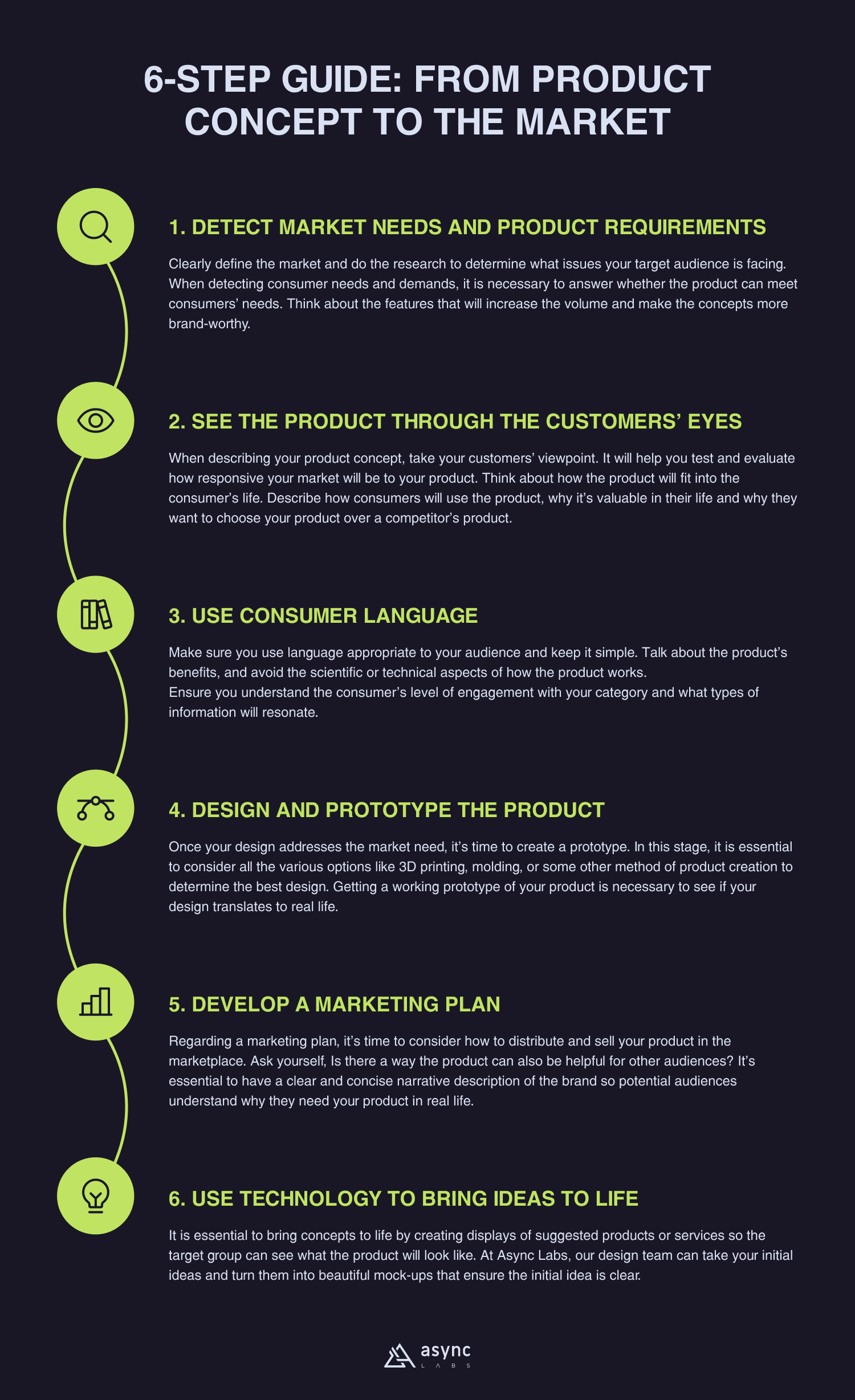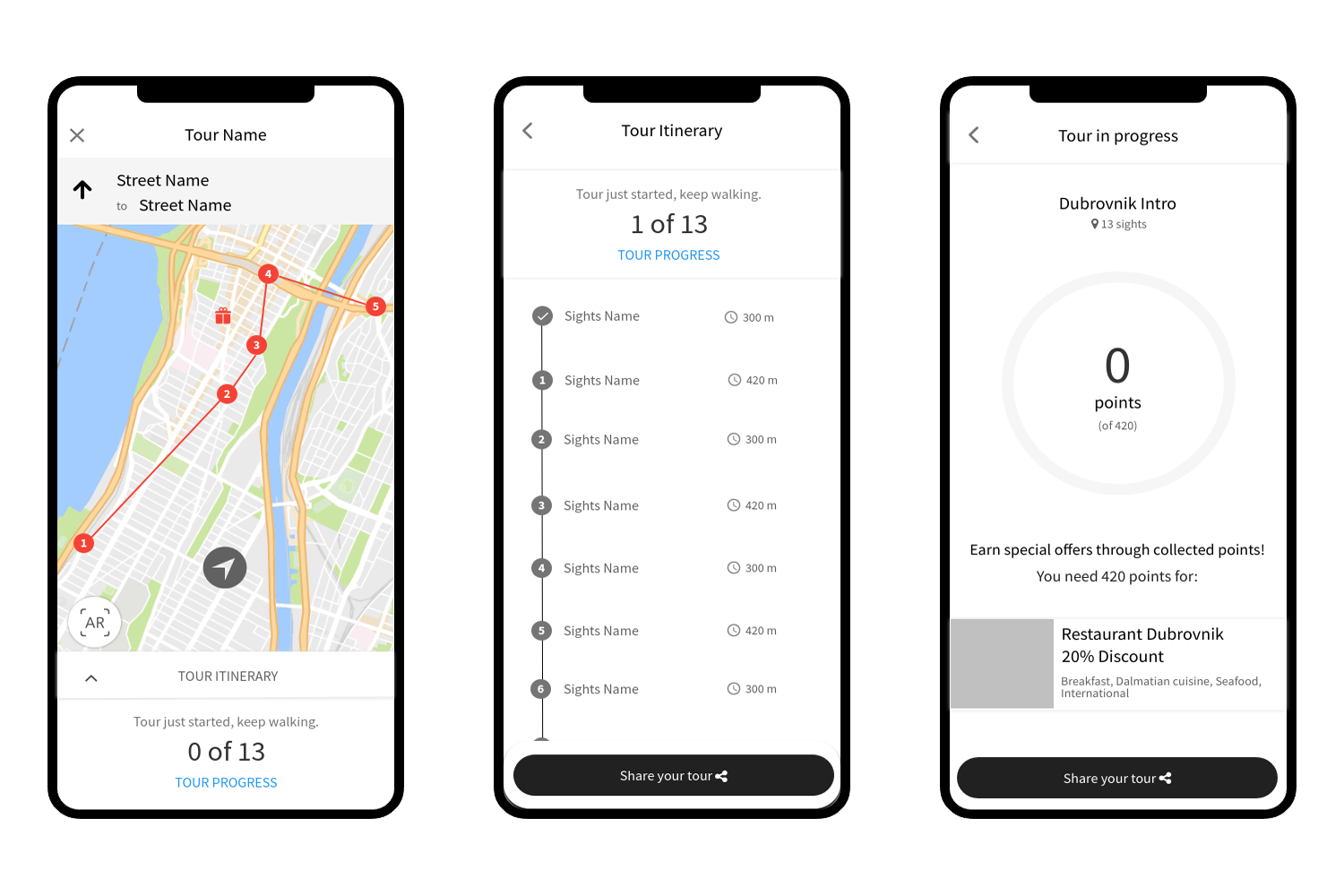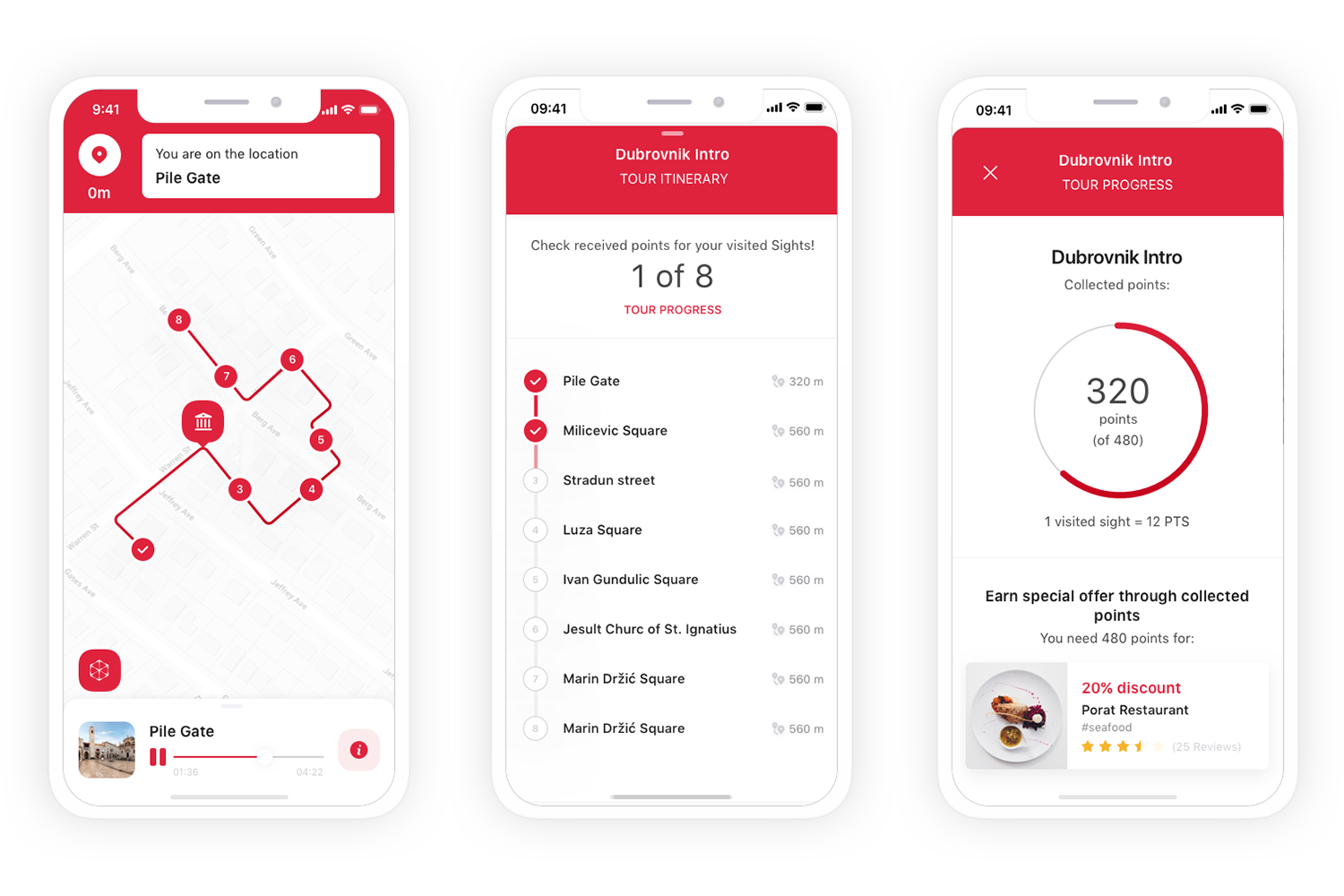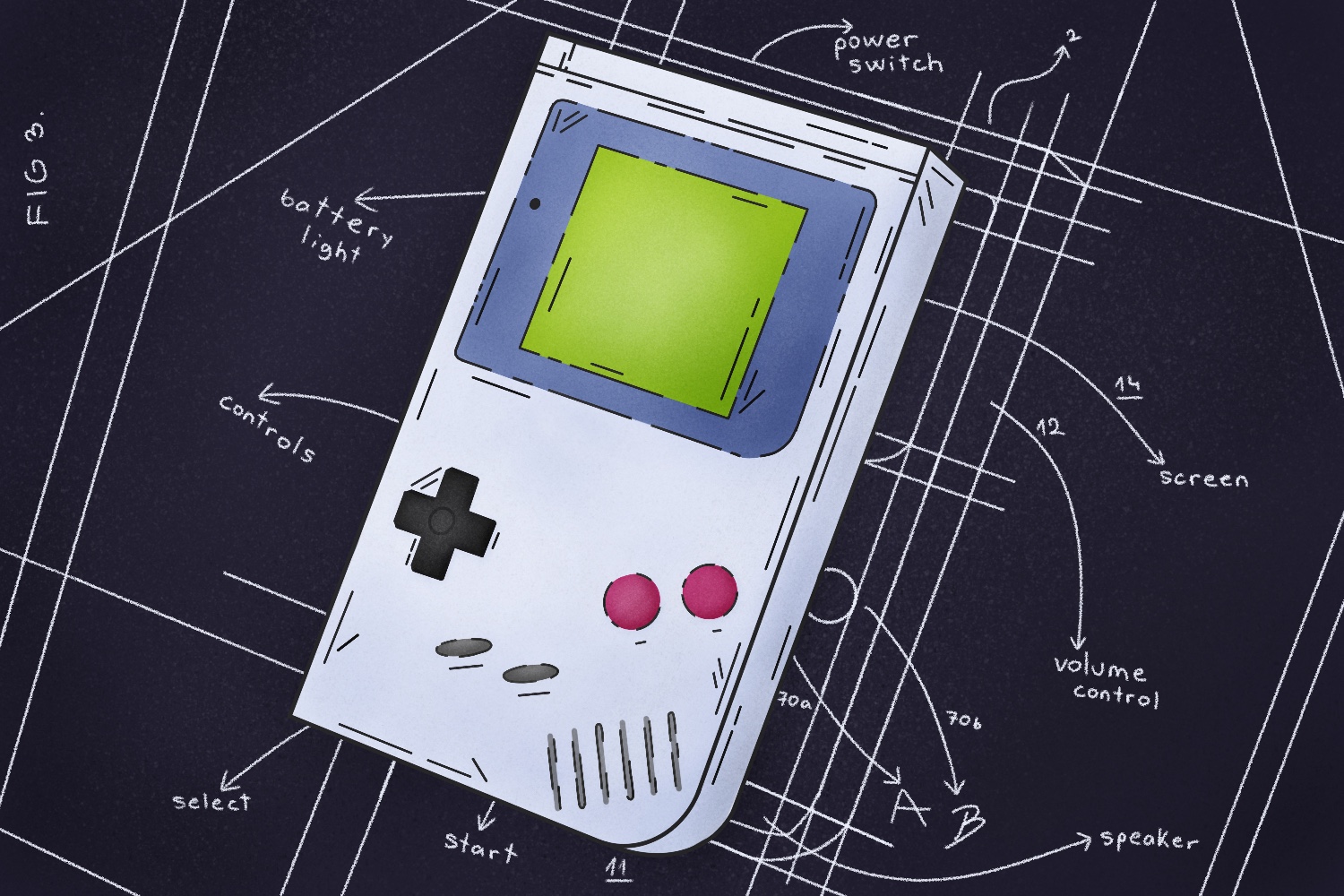What marketing philosophy to follow to achieve the desired goals, and create an extraordinary product concept?
One of the primary functions of marketing is to achieve the desired outcome with the help of target markets.
There is a famous quote from General Motors that says:
“How can people know what kind of car they want until they see what is available?”
And it perfectly describes the product concept.
Statistics show that 42% of failed startups released a product or feature that didn’t meet an actual market need. If you can build the best possible product according to your customers’ needs, you will successfully implement the product concept in marketing.
The product is the most tangible and essential single component of marketing. A quality product creates a strong brand image and attracts a significant market share.
If the product does not meet consumers’ demands, no additional costs or marketing combinations will improve the efficiency of the product in the market.
There are five essential marketing concepts that companies can adopt:
- Production concept
- Product concept
- Selling concept
- Marketing concept
- Societal concept
In this article, we deal with the concept of the product, its benefits, how to select a product concept idea, and what to look out for when creating a winning product concept that leads to successful releases.
What is product concept?
Product concept definition
As the name suggests, the product concept focuses on the product’s features, quality, and performance. According to the product concept, consumers prefer products that are superior to other products on the market and choose products with better quality, features, and performance.
Since a company needs to invest a lot of resources to research the needs and expectations of the target audience, the product requires continuous improvement.
The main focus of the product concept is delivering a quality product that would satisfy the needs and demands of customers. Sales, marketing, and distribution are also essential factors in the product concept. Products cannot be successful if they are not advertised, distributed, and sold correctly.
A slice of history
For the first thirty years of the 20th century, most manufacturers and industrialists followed the manufacturing concept that more excellent supply creates demand. In the 1930s, manufacturers faced the challenge of winning over customers. Over time, they realized that customers would pay more for better products. This is how this concept evolved.
The product concept gives an identity to the product and follows a simple formula to continuously improve your product at a low cost. It can add functional value and usability so that the intended customers can derive this benefit and eventually buy the product.
Some prime product concept examples include Microsoft, Google, Apple, etc. The functionality of Apple products may not be too different from Android. Still, Apple has created high brand awareness and demand for its products. People want to buy their products and are willing to pay a higher price to get them.
What are the benefits of product concept?
Some of the main advantages of product concept include:
Quality over quantity
The most important thing about the product concept is that it prefers quality over quantity. Consumers will favor the highest quality product.
The businesses and companies following this marketing philosophy focus on creating a quality product/service with unique features and benefits and improving them over time. They care about customers, their needs, and their wishes.
Opportunity for higher margin
Companies that follow this marketing concept may charge a higher price for their product, even when there are competitors in the market. Because of the quality image that the company has created in customers’ minds, they are willing to pay more for it.
Such companies provide a quality product with different features from competitors’ available products, consequently bringing them higher profit margins.
Curiosity factor
When a company launches a new product, it creates and develops curiosity in customers’ minds. It encourages them to purchase the product and check out the new features to satisfy their curiosity.
Things to look out for during the product concept process
Irrelevant features
Another limitation of this marketing concept is that sometimes companies pack their products with features that do not add value to them. In the name of those features, the company charges a higher price to the customers. For example, skin features in games do not affect your gameplay. They’re only aesthetic – they don’t increase the character’s abilities or impact the game’s outcome. All a skin feature does is change the appearance of your hero.
Avoiding the consumers’ interests
While competing in research and innovation, companies sometimes avoid customers’ interests. Customers often don’t get the product they want. Instead, they get the product that the company has conceptualized.
Consumers are price-conscious
In some markets, the majority of the customers are price-conscious. The old assumption that says “if the quality of the product is good, customers will be willing to pay any price” is not always relevant. Some customers care more about the price rather than quality. These customers tend to choose cheaper products, so the price often overshadows quality.
On the other hand, some customers are always willing to pay more for the right product. Regular and potential buyers will appraise products with the most quality, innovative, and performance features because they give the most quality for the money spent.
How to create a fantastic new product concept?
How to create winning product concepts that get attention, generate interest, leave customers delighted, and make a sale?
Writing a great product concept takes a lot of practice. As you begin your next product-planning phase, consider the following steps.

1. Detect market needs, demands and product requirements
Clearly define the market and do the research to determine what issues your target audience is facing.
Once you clearly define the problem, you can define the requirements your product must overcome, which will help you design the final product.
When detecting consumer needs and demands, it is necessary to answer whether the product can meet consumers’ needs?
It is essential to design tangible and emotional product benefits based on which future consumers will connect with the product or brand. Based on your information, list the features and benefits of your proposed product from highest to least market importance.
Think about the features that will increase the volume and make the concepts more brand-worthy.
2. See the product through the customers’ eyes
When describing your product concept, take your customers’ viewpoint. It will help you test and evaluate how responsive your market will be to your product.
Think about not just what the product is but also how it will fit into the consumer’s life. Describe how consumers will use the product, why it’s valuable in their life and why they want to choose your product over a competitor’s product.
For any company to provide quality products and services to consumers, it must first know which products meet the needs and desires of its target market. Once you clearly understand the needs and preferences of your customers, your business will be able to create and deliver products that make a good market without high marketing costs.
3. Use consumer language
Make sure you use language appropriate to your audience and keep it simple. Talk about the product’s benefits, and avoid the scientific or technical aspects of how the product works.
For example, “we’ve tested hundreds of food and beverage concepts. We’ve found that many consumers are less interested in knowing that it contains a specific ingredient than the end benefit.” Ensure you understand the consumer’s level of engagement with your category and what types of information will resonate.
4. Design and prototype the product
When developing your design, consider how all of your product’s features specifically address your defined requirements.
Once your design addresses the market need, it’s time to create a prototype. In this stage, it is essential to consider all the various options like 3D printing, molding, or some other method of product creation to determine the best design. Getting a working prototype of your product is necessary to see if your design translates to real life.
The design team can make initial sketches and a product prototype based on the product specification.
Product sketching is essential because it allows all initial ideas to be formed and aligned. When sketching, we often refer to the “problem statement” and “user journey map” based on defining the scope of work. Having design principles helps determine what we want the product to become and what we don’t want the product to evolve.
When we have a product sketch, designers use tools to design and build a clickable prototype, such as Figma, Sketch, Invision, or Adobe XD. The finished product prototype helps visualize and display the functioning of the product. We can test the prototype before implementing the design and eliminate potential errors before production.
When you have a working prototype, you can do accurate market testing. Go back to users who helped you define product requirements. Allow them to use your product and observe how each test user uses it.
Testing your prototype will reveal some design flaws you’ll need to fix.

5. Develop a marketing plan
Once you’ve worked out any design flaws and successfully tested your latest prototype, it’s time to consider how to distribute and sell your product in the marketplace.
For example, if you are selling a niche product, consider developing an e-commerce website and focusing on highly targeted digital and content marketing. When it comes to a marketing plan, it’s essential to have a clear and concise narrative description of the brand so that potential audiences understand why they need your product in real life.
Ask yourself, Is there a way the product can be helpful for other audiences as well?
Continuous improvement and innovation are what turn a single creation into a global product line.
6. Use technology to bring ideas to life
It is essential to bring concepts to life by creating displays of suggested products or services so the target group can see what the product will look like. At Async Labs, our design team can take your initial ideas and turn them into beautiful mock-ups that ensure the initial idea is clear.
If you have an idea and don’t know where to start, we hope these six steps will help you prepare for your next product development.

Inspiring examples of successful product concepts
Ideas for new products come in all shapes and sizes. But not every product concept is destined for success. Creating a successful product that people will love takes a lot of hard work, dedication, and luck.
So what makes a product concept successful? And how can you tell if your idea has what it takes?
Here are some inspiring examples of successful product concepts that ultimately succeeded because they were innovative and customer-focused.
Nike Air Max
Do you know how Nike Air Max sneakers got their start? It all started with a product concept. Nike Air Max was originally just a sketch on a piece of paper. But it was something that caught the attention of the team at Nike, and they decided to make it a reality.
The result? A sneaker that’s now considered a classic and one that’s inspired countless other products over the years. So if you’re ever feeling stuck with your product concepts, take a cue from Nike Air Max and remember that sometimes the best ideas can be the simplest ones.
GoPro
When you think about product concepts that have changed the game, GoPro is definitely up there.
This little camera has been a game changer, allowing people to capture incredible footage of their lives from a first-person perspective. And the best part is that it’s portable, so you can take it anywhere you go.
GoPro has really redefined what it means to be a camera, and its success has spawned many imitators. But nothing beats the original. If you’re looking for an inspiring example of a product concept that completely nailed it, GoPro is definitely worth checking out.
Beats by Dre
When it comes to product concepts, Beats by Dre is an excellent example of something that was done right.
They didn’t just slap a logo on some headphones and call it a day. They researched, talked to their target market, and figured out what people wanted. They created a product that was not only stylish but also high quality. And they didn’t stop there—they marketed it effectively and made sure that people knew about it.
The result was a wildly successful product that changed the way people think about headphones.
Apple iPod
So when you’re coming up with your own product concepts, it’s important to look at what’s been successful in the past. One great example is the Apple iPod.
The iPod was a total game-changer. At the time, people were listening to music on their Walkmans, and Apple saw an opportunity to create something new and better. The iPod was sleek and stylish and had a simple click wheel that made it easy to use.
Plus, Apple marketed it really well. They spent millions of dollars on advertising, making the iPod a must-have accessory and one of the best-selling products of all time.
Deliver the best possible product to the market
The product concept in marketing management helps achieve greater profitability and better respond to your customers needs.
Suppose a business improves the quality, performance, and features of its product in line with the wants and needs of the consumers. In that case, the company will experience increased sales and enjoy huge returns.
The product concept targets customers’ needs and delivers the best possible product. When grading product concepts, balancing customer needs, business goals, and viability helps product teams take an objective but balanced look.
For help getting started on your marketing strategy, consult with our team of experts about marketing concepts that best suit your business needs.
Have any comments to share with us? We would love to hear from you. Write to us at hello@asynclabs.co.
